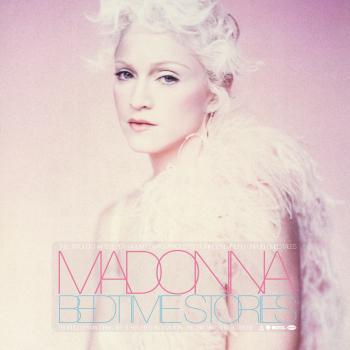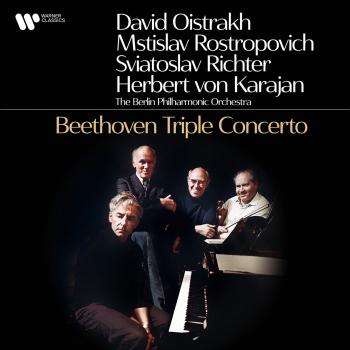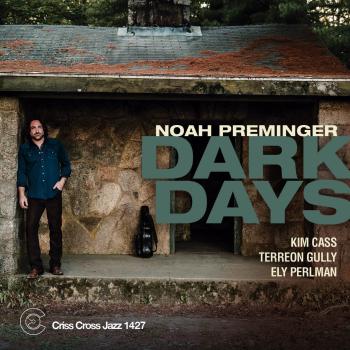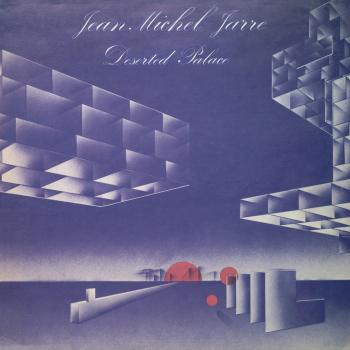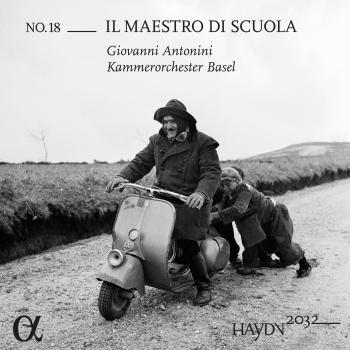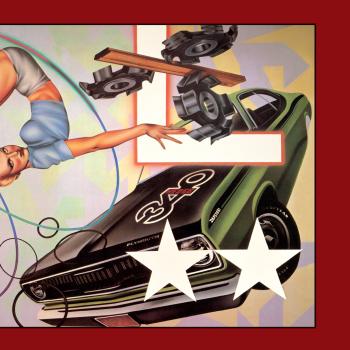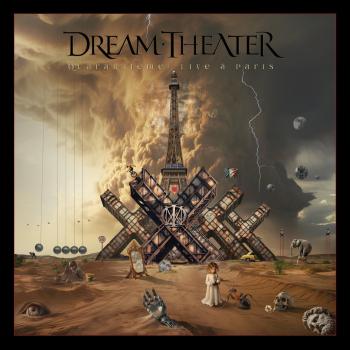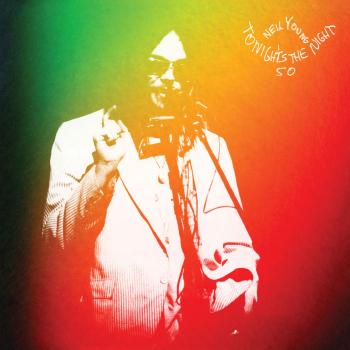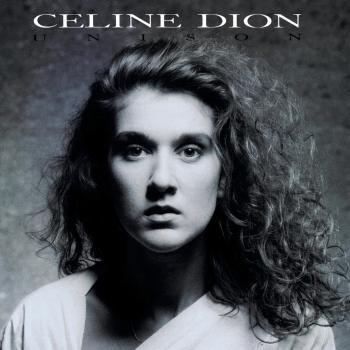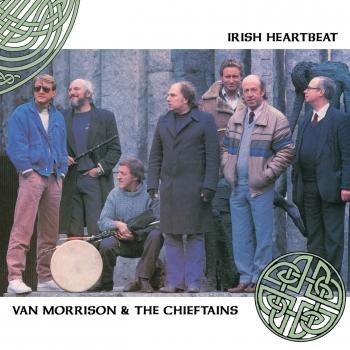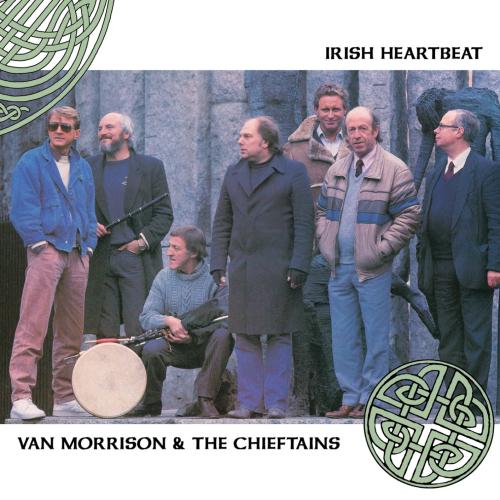
Irish Heartbeat (Remastered) Van Morrison & The Chieftains
Album Info
Album Veröffentlichung:
1988
HRA-Veröffentlichung:
19.02.2020
Das Album enthält Albumcover
Entschuldigen Sie bitte!
Sehr geehrter HIGHRESAUDIO Besucher,
leider kann das Album zurzeit aufgrund von Länder- und Lizenzbeschränkungen nicht gekauft werden oder uns liegt der offizielle Veröffentlichungstermin für Ihr Land noch nicht vor. Wir aktualisieren unsere Veröffentlichungstermine ein- bis zweimal die Woche. Bitte schauen Sie ab und zu mal wieder rein.
Wir empfehlen Ihnen das Album auf Ihre Merkliste zu setzen.
Wir bedanken uns für Ihr Verständnis und Ihre Geduld.
Ihr, HIGHRESAUDIO
- 1 Star of the County Down 02:42
- 2 Irish Heartbeat 03:52
- 3 Ta Mo Chleamhnas Deanta 03:31
- 4 Raglan Road 04:56
- 5 She Moved Through the Fair 04:44
- 6 I'll Tell Me Ma 02:30
- 7 Carrickfergus 04:25
- 8 Celtic Ray 03:41
- 9 My Lagan Love 05:20
- 10 Marie's Wedding 03:15
Info zu Irish Heartbeat (Remastered)
"Irish Heartbeat", a collaboration album with Van Morrison, was Van’s first attempt to reconcile his Celtic roots with his blues and soul music. It was also The Chieftains’ first full blown collaboration album. Although there were worries about working with a major rock star, the recording was a success, introducing elements of Van’s unique soul and jazz style singing to traditional songs and music. This was the beginning of an ongoing successful musical relationship between Van and The Chieftains.
"Irish Heartbeat" was nominated for a Grammy Award in 1989, and there followed a tour of Europe and the UK
"On their wide musical journeys in the '80s, the Chieftains decided to collaborate with Van Morrison, who had an artistic peak at the end of the decade. The result was a highlight in both of their '80s productions: the traditional Irish Heartbeat, with Morrison on lead vocals and a guest appearance from the Mary Black. Morrisonand Moloney's production puts the vocals up front with a sparse background, sometimes with a backdrop of intertwining strings and flutes, the same way Morrison would later use the Chieftains on his Hymns to the Silence. The arrangement and the artist's engaged singing leads to a brilliant result, and these Irish classics are made very accessible without being transformed into pop songs. Of the ten tracks included, eight are Irish trads. The title track and "Celtic Ray" are written by Morrison, and also appear on Beautiful Vision and Inarticulate Speech of the Heart, but since they are written in a pseudo traditional style, the folksy treatment given them by the Chieftains makes these versions sound as if they were the originals."
Van Morrison, lead vocals, guitar, drums
Paddy Moloney, uilleann pipes, tin whistle
Martin Fay, fiddle, bones
Derek Bell, harp, keyboards, tiompán
Kevin Conneff, bodhran, co-lead vocals on "Star of the County Down", "Tá Mo Chleamhnas Déanta" and "I'll Tell Me Ma"
Matt Molloy, flute
Seán Keane, fiddle
Ciarán O'Braonáin, bass
Mary Black, backing vocals on "Marie's Wedding" and "Tá Mo Chleamhnas Déanta"
Maura O'Connell, backing vocals on "Marie's Wedding"
June Boyce, backing vocals on "Celtic Ray", "Irish Heartbeat" and "Marie's Wedding"
Digitally remastered
Van Morrison
One of music’s true originals Van Morrison’s unique and inspirational musical legacy is rooted in postwar Belfast.
Born in 1945 Van heard his Shipyard worker father’s collection of blues, country and gospel early in life.
Feeding off musical greats such as Hank Williams, Jimmie Rodgers, Muddy Waters, Mahalia Jackson and Leadbelly he was a travelling musician at 13 and singing, playing guitar and sax, in several bands, before forming Them in 1964.
Making their name at Belfast’s Maritime Club Them soon established Van as a major force in the British R&B scene. Morrison’s matchless vocal and songwriting talents produced instant classics such as the much covered ‘Gloria’ and ‘Here Comes The Night’.
Those talents found full astonishing range in Van’s solo career.
After working with Them’s New York producer Bert Berns on beautiful Top 40 pop hit ‘Brown Eyed Girl’ (1967), Morrison moved to another realm.
Recorded over 3 days with legendary jazz musicians Astral Weeks (1968) is a still singular album combining street poetry, jazz improvisation, Celtic invocation and Afro Celtic Blues wailing.
Morrison would weave these and myriad other influences into the albums that followed in quick succession.
Reflecting on new life in America on the joyous Sinatra soul of Moondance (1970) and the country inflected Tupelo Honey (1971) he summoned old spiritual and ancestral life in the epic St Dominic’s Preview (1972) closer track Listen To The Lion.
Double live album Too Late To Stop Now (1973) highlighted Morrison’s superlative performing and bandleader skills. Mapping out a richly varied musical course throughout the 70s he shone among an all-star cast including Bob Dylan and Muddy Waters on The Band’s Last Waltz.
Indeed, borne of his Irish Showband instincts, the magic of the live performance has been a consistent feature of Morrison’s career.
Settling back into life in the UK in 1980 he released Common One an album centring on Summertime In England an extraordinary invocation of literary, sensual and spiritual pleasure the song would often become a thrilling improvised centrepiece to his live shows.
Steering his own course throughout the 80s on albums such as No Guru, No Method, No Teacher he claimed Celtic roots with The Chieftains on Irish Heartbeat. Teaming with Georgie Fame brought new impetus to his live show while Avalon Sunset saw him back in the album and single charts by the decades end.
Van Morrison continued to advance on his status as a game- changing artist through the 90s and into the 21st century.
Awards and accolades - a Brit, an OBE, an Ivor Novello, 6 Grammys, honourary doctorates from Queen’s University Belfast and the University of Ulster, entry into The Rock n Roll Hall of Fame and the French Ordres Des Artes Et Des Lettres - attested to the international reach of Van’s musical art.
Yet there was never any suggestion that Morrison, one of the most prolific recording artists and hardest working live performers of his era, would ever rest on his laurels.
Collaborations with, among others, John Lee Hooker, Ray Charles, Lonnie Donegan, Mose Allison and Tom Jones confirmed the breadth of his musical reach.
Morrison’s visionary songwriting and mastery of many genres continued to shine on albums celebrating and re-exploring his blues, jazz, skiffle and country roots.
The influence of the musical journey that began back in Post War Belfast stretches across the generations, and Morrison’s questing hunger insures that the journey itself continues.
Constantly reshaping his musical history in live performance, Morrison reclaimed Astral Weeks on 2009’s album Live At The Hollywood Bowl.
The subtitle of Van Morrison's latest album, Born to Sing: No Plan B, indicates the power that music still holds for this living legend. "No Plan B means this is not a rehearsal," says Morrison. "That’s the main thing—it’s not a hobby, it’s real, happening now, in real time."
With one of the most revered catalogues in music history and his unparalleled talents as composer, singer and performer Morrison’s past achievements loom large. But, as throughout his extraordinary career, how that past informs his future achievements and still stirs excitement and keen anticipation.
Dieses Album enthält kein Booklet

